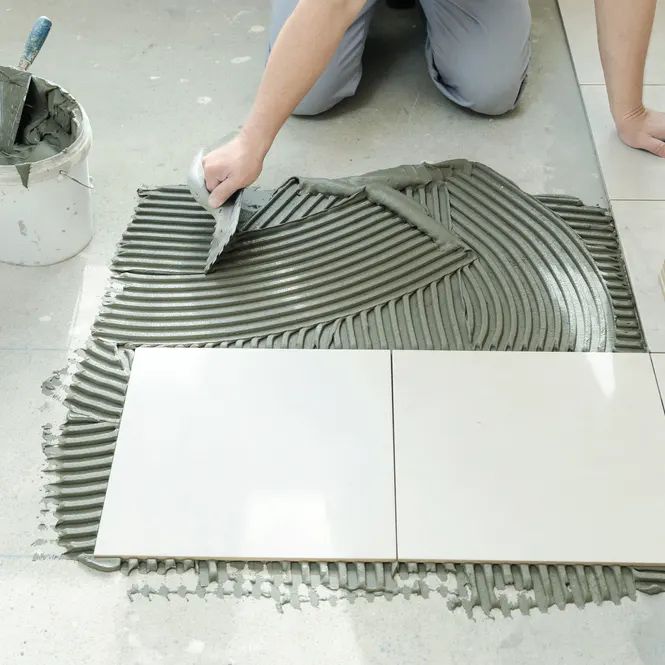When choosing an adhesive for any building or construction project, it’s essential to consider several factors to ensure optimal performance and durability. Here are the key factors to keep in mind:
1. Type of Material
- Different adhesives are formulated to bond with specific materials, such as concrete, metal, wood, tile, or glass. Understanding the materials you’ll be joining is critical to selecting an adhesive that will work effectively without compromising the bond.
2. Strength and Load-Bearing Capacity
- Consider the strength requirements of your project. For heavy-duty applications, you’ll need a high-strength adhesive that can withstand the load and stress over time, while lighter projects may not need the same strength level.
3. Environmental Conditions
- Consider the conditions the adhesive will be exposed to, such as temperature, humidity, UV exposure, and chemicals. For outdoor projects, choose an adhesive that can resist moisture, temperature fluctuations, and UV degradation.
4. Setting Time and Cure Time
- The setting time determines how long you have to position materials before the adhesive begins to harden. A faster setting adhesive is suitable for time-sensitive projects, while a slower curing adhesive might be preferable for more precise or complex applications.
5. Flexibility and Durability
- For projects that involve materials likely to expand, contract, or experience movement, choose an adhesive with flexibility to maintain a strong bond without cracking. Durability is also crucial to ensure the adhesive performs well over the long term.
6. Application Method
- Adhesives come in various forms, such as liquids, pastes, sprays, and tapes, and require different application methods. Consider the application ease, especially if the job requires a quick or mess-free solution.
7. Chemical Resistance
- For industrial or laboratory settings, or projects exposed to chemicals or harsh cleaners, choose an adhesive with high chemical resistance to prevent deterioration or bond failure over time.
8. Cost and Efficiency
- While high-quality adhesives are often more expensive, they may provide better performance and longevity, which can lead to cost savings over time. Evaluate the project’s budget and the adhesive’s effectiveness to find the right balance.
9. Aesthetic Requirements
- If the adhesive will be visible, choose one with a suitable color or one that dries clear. Additionally, consider the adhesive’s finish, as some adhesives provide smoother finishes ideal for visible applications.
10. Health and Safety Considerations
- Some adhesives emit strong fumes or VOCs (volatile organic compounds) that may be harmful in enclosed spaces. Always check safety guidelines and opt for low-VOC, non-toxic adhesives for indoor or residential projects to minimize health risks.
Final Thoughts
Taking these factors into account will help you choose the best adhesive for a successful and durable application. The right adhesive not only ensures a strong bond but also contributes to the longevity and safety of your project.


